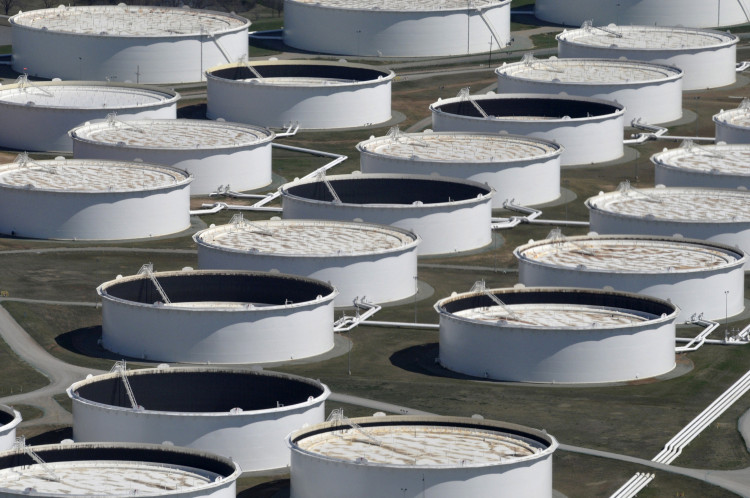Oil prices jumped more than 2% on Thursday after President Donald Trump revoked a license that allowed Chevron to operate in Venezuela, raising concerns over supply disruptions. The move, combined with the administration's plan to impose new tariffs on Canadian and Mexican oil imports, fueled volatility in energy markets, sending both Brent and West Texas Intermediate (WTI) crude prices higher.
Brent crude futures settled up $1.51, or 2.1%, at $74.04 per barrel, while WTI crude climbed $1.73, or 2.5%, to $70.35 per barrel. The gains reversed a recent decline that had brought prices to their lowest levels since December 10.
The license revocation means Chevron will no longer be able to export Venezuelan crude to U.S. refiners. If Venezuela's state-run oil company PDVSA diverts those exports elsewhere, American refiners would be unable to purchase the crude due to existing sanctions. "Chevron's exit could reduce Venezuela (oil) production, giving OPEC+ capacity to increase output," TD Cowen analysts noted, warning that U.S. refiners could face higher procurement costs.
Chevron, which has been operating in Venezuela despite U.S. sanctions on President Nicolás Maduro's government, responded cautiously. "We are aware of today's announcement and are considering its implications," the company said in a statement to Yahoo Finance, adding that it remains in compliance with all relevant laws and regulations.
The policy shift adds another layer of uncertainty to an already fragile global energy market. Analysts at JPMorgan warned that additional U.S. tariffs on Canadian oil imports, expected to take effect on March 4, could further strain supply chains. The proposed 10% levy would disproportionately impact Canadian producers, who have limited export alternatives outside the U.S. "With limited immediate export alternatives, Canadian producers may bear 80% of the burden, while U.S. refiners absorb 20% through reduced profit margins, potentially raising crude input costs by 2% and increasing U.S. gasoline prices by about $0.04 per gallon," JPMorgan analysts wrote.
Meanwhile, investors are monitoring potential developments in Russia-Ukraine peace negotiations, as any deal could increase Russian oil exports. "While the Chevron/Venezuela halt to business may pull barrels away from U.S. imports in the near term, the bigger question on traders' minds will be if a peace deal is cut in Russia along with OPEC still possibly raising production in April," said Dennis Kissler, senior vice president at BOK Financial.
OPEC+ remains a central factor in supply dynamics, as the group debates whether to proceed with a planned production increase in April or extend current output cuts. "It is my opinion that with Brent crude oil still hovering around $75 per barrel, OPEC+ will delay the restoration of the voluntary production cuts at least through the end of April and possibly through the end of the second quarter," said Andrew Lipow, president of Lipow Oil Associates.
A report from JPMorgan on Wednesday suggested that production growth from non-OPEC countries could prevent the oil cartel from restoring output cuts in both 2025 and 2026. The bank's analysts said, "The alliance will be unable to restore any of the production cuts this year and in 2026," underscoring concerns that supply increases elsewhere may offset OPEC's attempts to regulate global markets.






